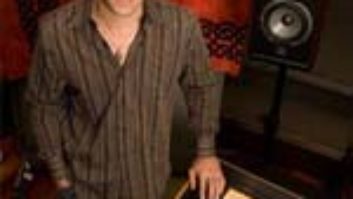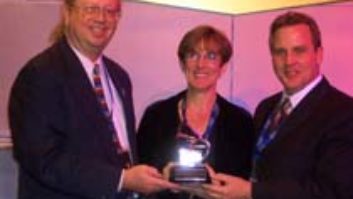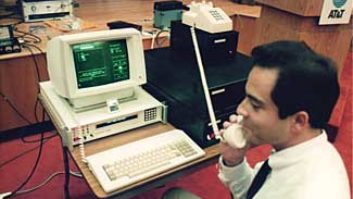New products can be wonderful, often offering improved audio in smaller, less-expensive, lighter (or in the case of tube stuff, heavier) and more reliable packages. Unfortunately, in the increasingly complex pro audio environment, all of those oh-so-cool products are pretty useless when applied without the right technology.
When Mix began 25 years ago, technology was much simpler, even quaint by today’s standards. Recording meant analog. Pro applications used +4dBu balanced line connections — XLR or barrier strip. Semipro gear rarely crossed the line into pro, where the only unbalanced connections were the band’s instruments/amps. Garage 4- and 8-track studios used unbalanced -10dBV gear. Their main complication was a need for lots of RCA to ¼-inch adapters.
These days, signals arrive in every conceivable form and format. In my studio, I have MIDI and virtual instruments, and 32 channels of mic lines from a rack of preamps routing to the console or directly to Pro Tools, ADAT or analog multitrack. Mixing is either DAW-based, traditional console-style or a blend of both, storing to multichannel or stereo to MasterLink, CD-R, PT or 30 ips 2-track. Projects can involve a lot of I/Os (wordclock, timecode, MIDI, AES/EBU, S/PDIF, Lightpipe, XLRs, RCAs, etc.) and multiple formats — analog/digital tape, CD-R, CD-ROM, SD2, PT session, AC-3, DTS, .WAV, MP3 and more.
Even in a modest studio, the need for an infrastructure is paramount. There’s no point in investing in the best gear without a backbone of solid technology supporting it. A great performance can be ruined by something as simple as a bad cable or a ground loop. This AES provides an excellent opportunity to check out the nonglitzy technologies that might improve your life much more than yet another digital reverb or tube mic. A few suggestions include: AC power conditioning; acoustical treatments; quality cabling, from mic lines to snake and patching systems (and please get correct AES and S/PDIF cabling!); data backup systems; audio networking; and signal routers. To help you along, Gary Hall provides insights into routing technology on page 82, while on page 50, Ron Franklin begins a multipart article that will demystify the subject of file-format interchange.
Also in this issue, we say farewell to two of the finest and best-loved professionals in our industry.
Just before press time, we were saddened to hear of the death of mastering engineer Denny Purcell, who founded Nashville’s Georgetown Masters studio in 1985. Denny was a warm, wonderful person who committed his life to the pursuit of audio excellence, and devoted each and every day to the songs he was working on. Please turn to page 14 for a tribute to our lost friend.
We were also saddened to hear of the death of producer Gus Dudgeon, best known for his work with Elton John. Mix‘s Rick Clark had carried on a nine-month dialog with Gus, talking with him just days before a car crash took his and his wife’s lives. His final interview is on page 98.
Don’t forget, there’s more to all of this than just gear…





